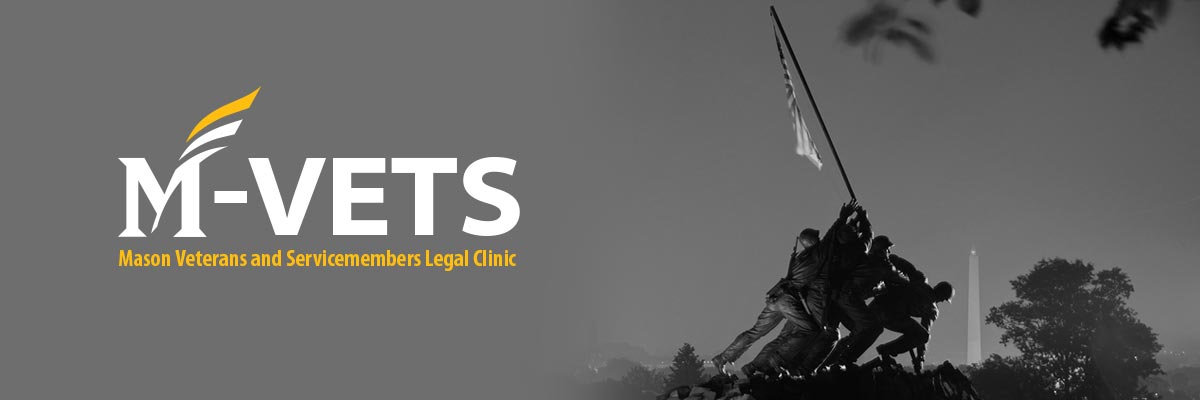
Written By a Fall 2025 M-VETS Student Advisor.
Moving to a new school can be challenging, but if you and your family are new or returning to a Virginia public school system, this guide is here to help you ensure a smooth transition for your child into their new school.
1. Prior to Your Move: Gather all of your child’s educational records from their current school, such as transcripts, report cards, and state test results (if applicable). If your child has an Individualized Education Program (IEP) or 504 Plan, make sure to collect current plans, eligibility documentation, and progress reports to ensure immediate continuity of special services or accommodations at their new school. For military families, unofficial student records are enough to enroll your child in comparable classes at their new school until the official paperwork is received.[1]
2. Determine Enrollment Eligibility: Ensure that your child is school-age. School-age students may enroll in the public-school division in which they reside.[2] A school-age person is “a person who will have reached his fifth birthday on or before September 30 of the school year and who has not reached twenty years of age on or before August 1 of the school year.”[3] Children of a person on active military duty may stay enrolled in a school division without charge when they relocate to military housing in another Virginia school division, as long as their parents receive an order for the move.[4] Children of a person on active military duty may remain enrolled in their current school division without charge when relocating outside the division, until the end of the school year, when their parents receive an order to move to a new duty station or deployment.[5]
Note that students with disabilities or students from low-income households who are below school-age might qualify for preschool services. Please contact your new school once you’ve decided where your child will attend to ask for more information.
3. Find Your School Division and Schools: If you’re unsure of the school district where your new home will be or the corresponding schools, you can search for your new address here. Once you have determined the school your child will attend, call them to inquire about the school’s individual steps for registration. Most often, you will make an appointment with the school registrar to complete the registration process, though some school districts have an online registration process.
4. Contact Your Military School Liaison Officer: In Virginia, the Army, Navy, Air Force, and Marine Corps have school liaison officers who work with leaders of military commands and installations to connect military families with educational opportunities and important information about state and local school laws, policies, and standards.[6] Though it is not required for you to contact your liaison before enrolling your child in their new school, if you’re having education-related issues or have questions about procedures for military students in your new school district, you can contact your liaison for assistance.[7] You will need to know which division your child is enrolling in to determine which liaison to contact. You can find your designated liaison officer and their contact information here.
5. Gather Documents: You will need a variety of documents to enroll your child at their new school. Most commonly, you will need your child’s birth certificate, the parent or guardian’s government-issued identification, your child’s health information, your child’s immunizations, proof of residency in the school district, and your child’s previous school records. If your child is covered by the Interstate Compact on Educational Opportunity for Military Children and lacks immunization documentation, they can enroll without proof of immunization and have up to 30 days from the enrollment date to get any necessary immunizations.[8]
6. Students with Disabilities: If your child has a disability and had an IEP in place in a public-school division in another state, your new school district is required to provide your child with a free appropriate public education.[9] This includes services comparable to those in your child’s most recent IEP until the district conducts an evaluation, if necessary, and develops a new IEP, if appropriate, that complies with federal and state law.[10] If your child’s IEP due date is near the date of your move, consider requesting your current school to update the IEP to ensure it accurately reflects your child’s current strengths and needs.
If your child has a disability and you need help, either educationally or otherwise, Military OneSource offers consultants knowledgeable about disabilities and the various military programs and educational support available to you and your child.[11] Your installation will have a specific point of contact to help you coordinate support for your child with a disability, whether it involves educational, medical, or other needs. You can find your EFMP point of contact here or call 800-342-9647 for a free consultation.[12]
Please note that you will likely need to take additional steps or meet additional requirements to register your student, depending on your specific situation and school district. M-VETS wishes you and your family the best of luck with your move to Virginia!
[1] DoD Instruction 1342.29.
[2] See https://www.doe.virginia.gov/parents-students/for-parents/enrollment-in-virginia-public-schools.
[3] Id.
[4] Va. Code Ann. § 22.1-3 (2006).
[5] Id.
[6] See https://www.doe.virginia.gov/programs-services/student-services/military-families.
[7] Id.
[8] Va. Code Ann. § 22.1-360 (2010).
[9] See Individuals with Disabilities Education Act (2004).
[10] Id.
[11] https://www.militaryonesource.mil/benefits/special-needs-consultations/.
[12] Id.
